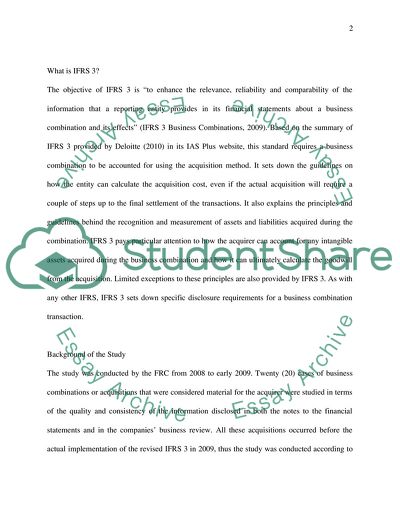Cite this document
(Accounting for Acquisitions Assignment Example | Topics and Well Written Essays - 2700 words, n.d.)
Accounting for Acquisitions Assignment Example | Topics and Well Written Essays - 2700 words. Retrieved from https://studentshare.org/finance-accounting/1735487-financial-reporting-council-implication-of-the-report-for-implementation-of-irfrs3
Accounting for Acquisitions Assignment Example | Topics and Well Written Essays - 2700 words. Retrieved from https://studentshare.org/finance-accounting/1735487-financial-reporting-council-implication-of-the-report-for-implementation-of-irfrs3
(Accounting for Acquisitions Assignment Example | Topics and Well Written Essays - 2700 Words)
Accounting for Acquisitions Assignment Example | Topics and Well Written Essays - 2700 Words. https://studentshare.org/finance-accounting/1735487-financial-reporting-council-implication-of-the-report-for-implementation-of-irfrs3.
Accounting for Acquisitions Assignment Example | Topics and Well Written Essays - 2700 Words. https://studentshare.org/finance-accounting/1735487-financial-reporting-council-implication-of-the-report-for-implementation-of-irfrs3.
“Accounting for Acquisitions Assignment Example | Topics and Well Written Essays - 2700 Words”, n.d. https://studentshare.org/finance-accounting/1735487-financial-reporting-council-implication-of-the-report-for-implementation-of-irfrs3.


